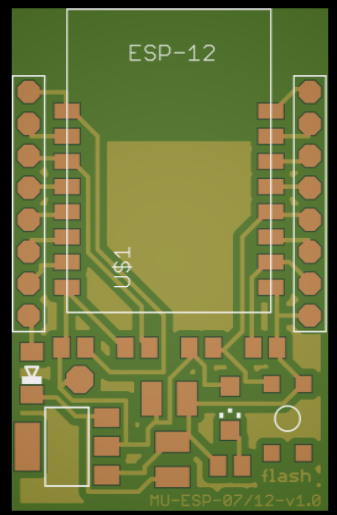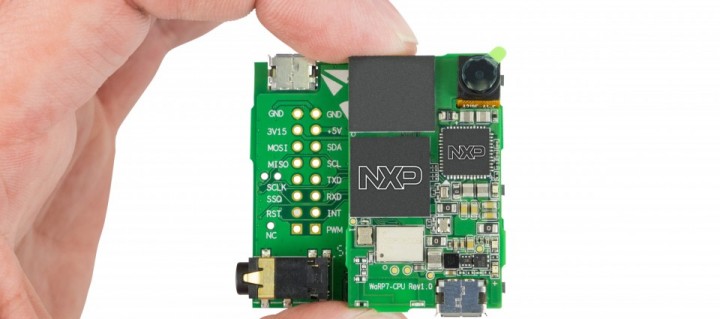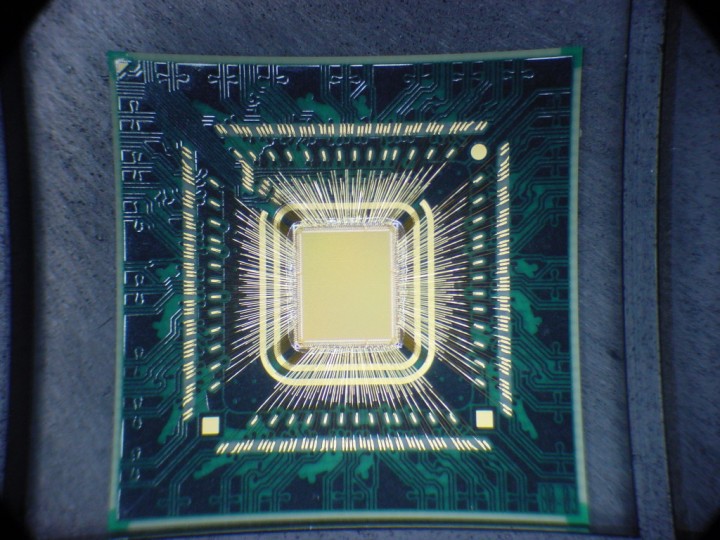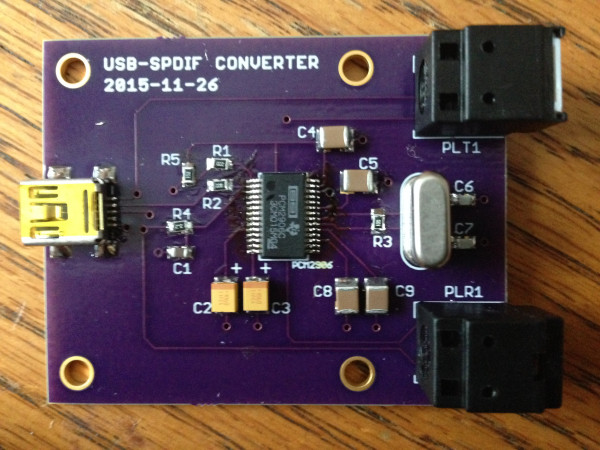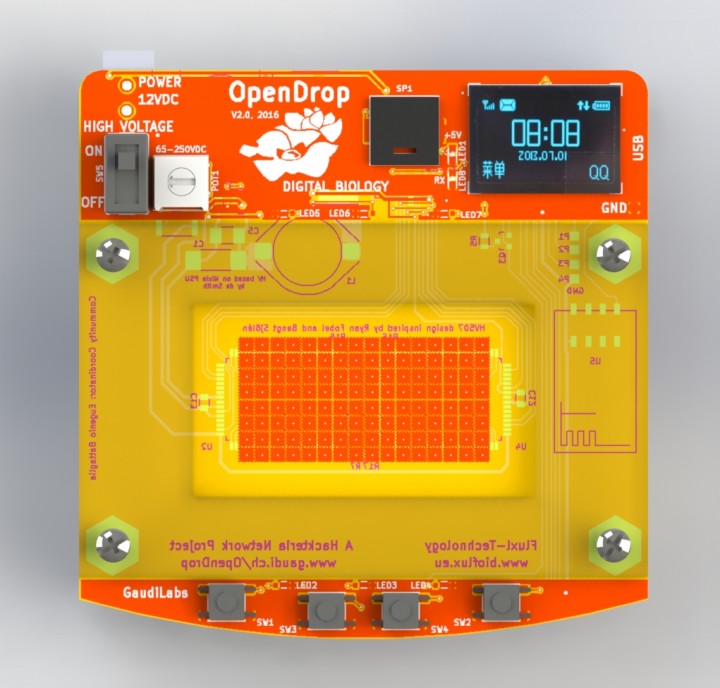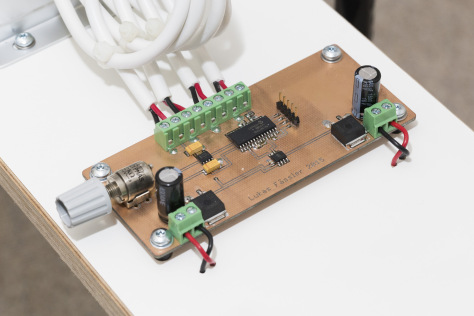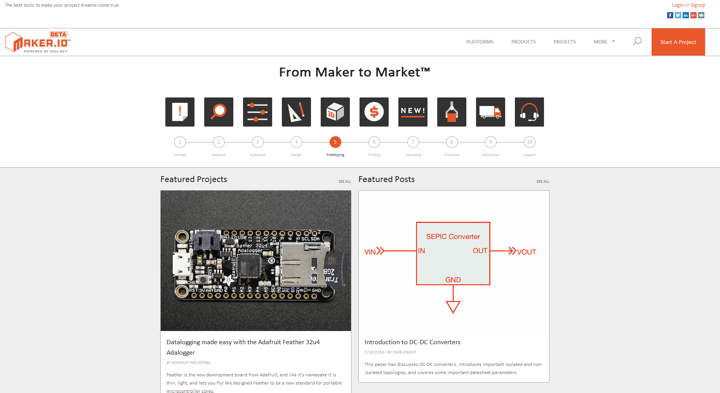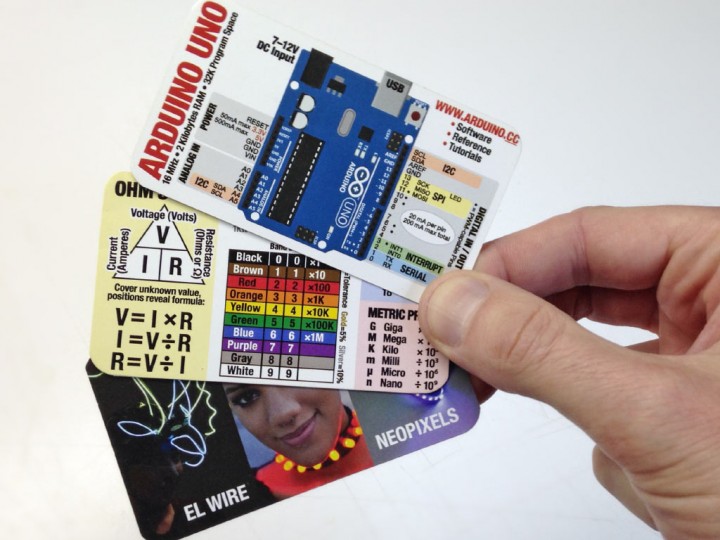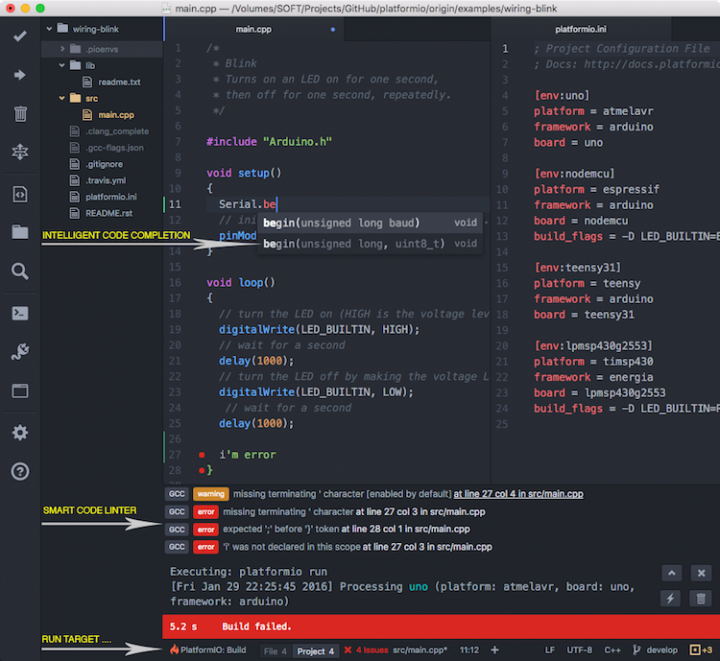Markus has designed a single-sided ESP-12/ ESP-07 breadboard adapter that uses easy to find SMD parts and has on-board voltage regulator.
Features:
* Fits ESP-12 and ESP-07 module
* Single-sided self-etchable design
* Few, cheap parts in SMD
* Breadboard-style – one row on each side accessible
* Vin >4.5V (max. 7V) input possible with 3V3 onboard voltage regulator (with two capacitors 10µF)
* Power-indicator LED
* (Schottky-) Diode as reverse polarity input protection possible (solder 0 Ohm resistor or just connect the two pads for no protection)
* RST, CH_PD, GPIO0 with 4k7 pull-up resistors on board (resistors can be omitted if remote access of those GPIOs is needed)
* GPIO15 with 4k7 pull-down (see above)
* Tactile switch connected to GPIO0 to get into flash mode
* Single post for 3.3V output near voltage regulator
ESP8266 Breadboard Adapter – [Link]



